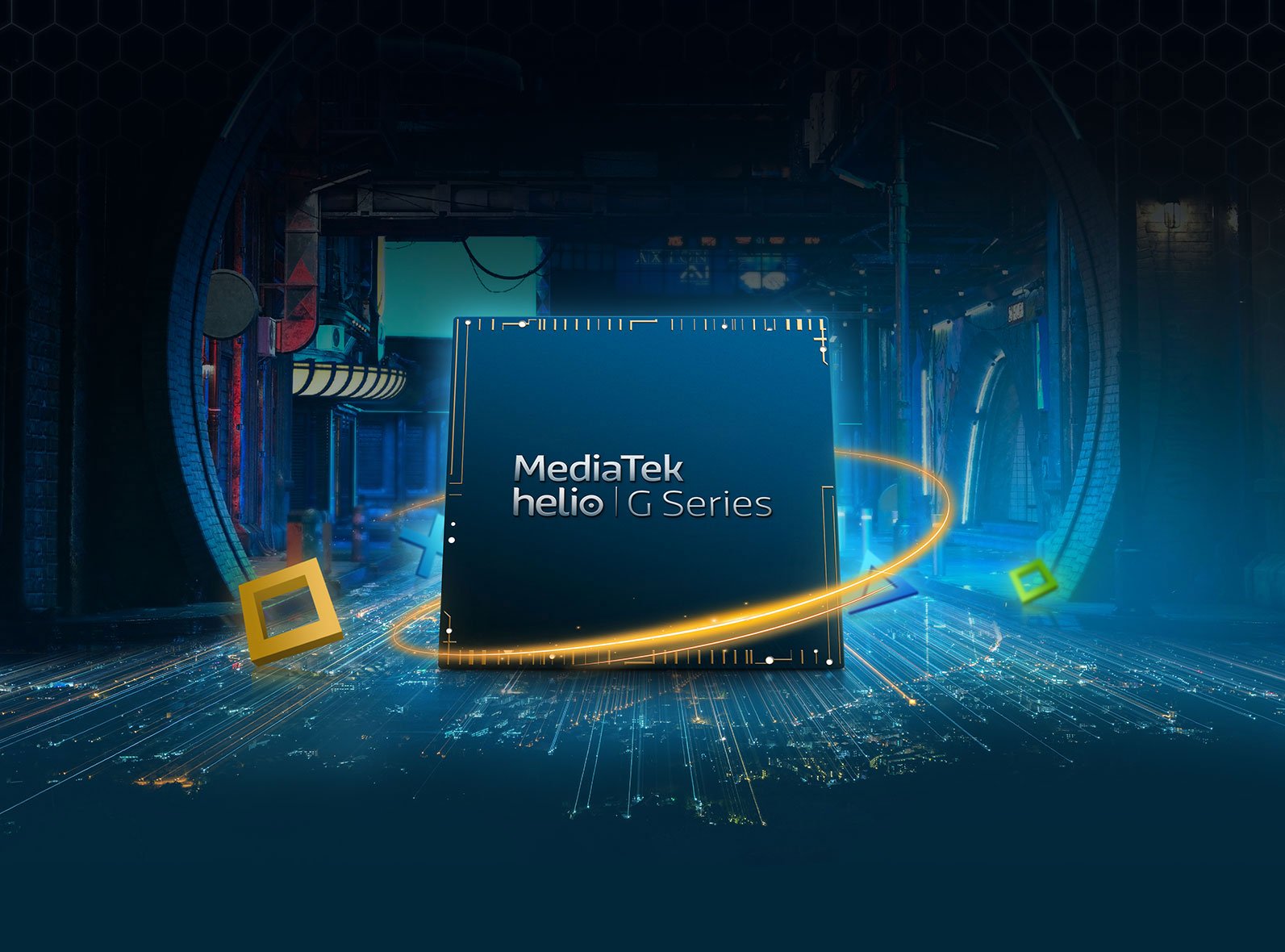

These portable devices, whether a laptop form-factor device or convertible-tablet, offer great performance, battery life, and run the growing array of Arm-native developer tools.

Several Arm-powered devices are already available from Microsoft partners.
#Arm procssor windows
Arm developer devicesĭevelopers need Arm devices upon which to build and test Arm-native Windows apps. Details are coming soon regarding when cloud-hosted Arm CI/CD services will become available. In late Summer 2022, Microsoft will begin work to port the CI/CD automation runner/agent shared by Azure DevOps and GitHub. Most developers also rely on build and test automation via Continual Integration / Continual Deployment (CI/CD), often hosted in cloud services, like Azure DevOps or GitHub. Which is why Microsoft's Azure team recently announced a preview of their new Arm Virtual Machines service and will soon be previewing Arm Containers via Azure Kubernetes Services. Many developers today also rely on Virtual Machines and Containers. See the announcement from Build 2022 about this comprehensive suite of tools, services, and devices that enable developers to build and port apps that natively target Arm just as easily as when targeting 圆4. Microsoft is also working with several 3rd parties and open-source communities to port common tools, runtimes, frameworks and libraries to natively target Windows on Arm. Microsoft is working to deliver an Arm-native developer toolset that includes Arm-native Visual Studio 2022, VSCode, VC++ toolchain, classic. Windows 11 adds the ability to run unmodified 圆4 Windows apps on Arm devices! This ability to run x86 & 圆4 apps on Arm devices gives end-users confidence that the majority of their existing apps & tools will run well even on new Arm-powered devices.įor the best performance, responsiveness, and battery life, users will want and need Arm-native Windows apps, which means that developers will need to build or port Arm-native Windows apps.
#Arm procssor windows 10
Windows 10 enables existing unmodified x86 apps to run on Arm devices.

Arm Systems on Chip (SoC) often include other key features such as a powerful CPU, GPU, Wi-Fi & mobile data networks, as well as Neural Processor Units (NPUs) for accelerating AI workloads. Security processors, IoT and embedded devices, such as wearables, small sensors, communication modules and smart home products.Windows has traditionally run on machines that are powered by x86 / 圆4 processors, but more recently, also runs on devices powered by Arm processors.Īrm-powered devices are particularly interesting because the power-frugal nature of the Arm architecture enables these devices to offer longer battery life while delivering great performance. Real-time response requirements in safety critical applications or applications needing a deterministic response, such as medical equipment, vehicle steering, braking and signalling, networking and storage equipment, and embedded control systems.Įnergy efficiency, power consumption, and size priorities. Designed for small, low power, highly energy-efficient devicesĬomplex compute application areas, such as PCs, laptops, smart TVs, servers, networking equipment, smartphones and automotive head units, cloud storage, and supercomputers.Optimized for systems with real-time requirements.Optimized to run rich operating systems.Offers highest performance of all architecture profiles.


 0 kommentar(er)
0 kommentar(er)
